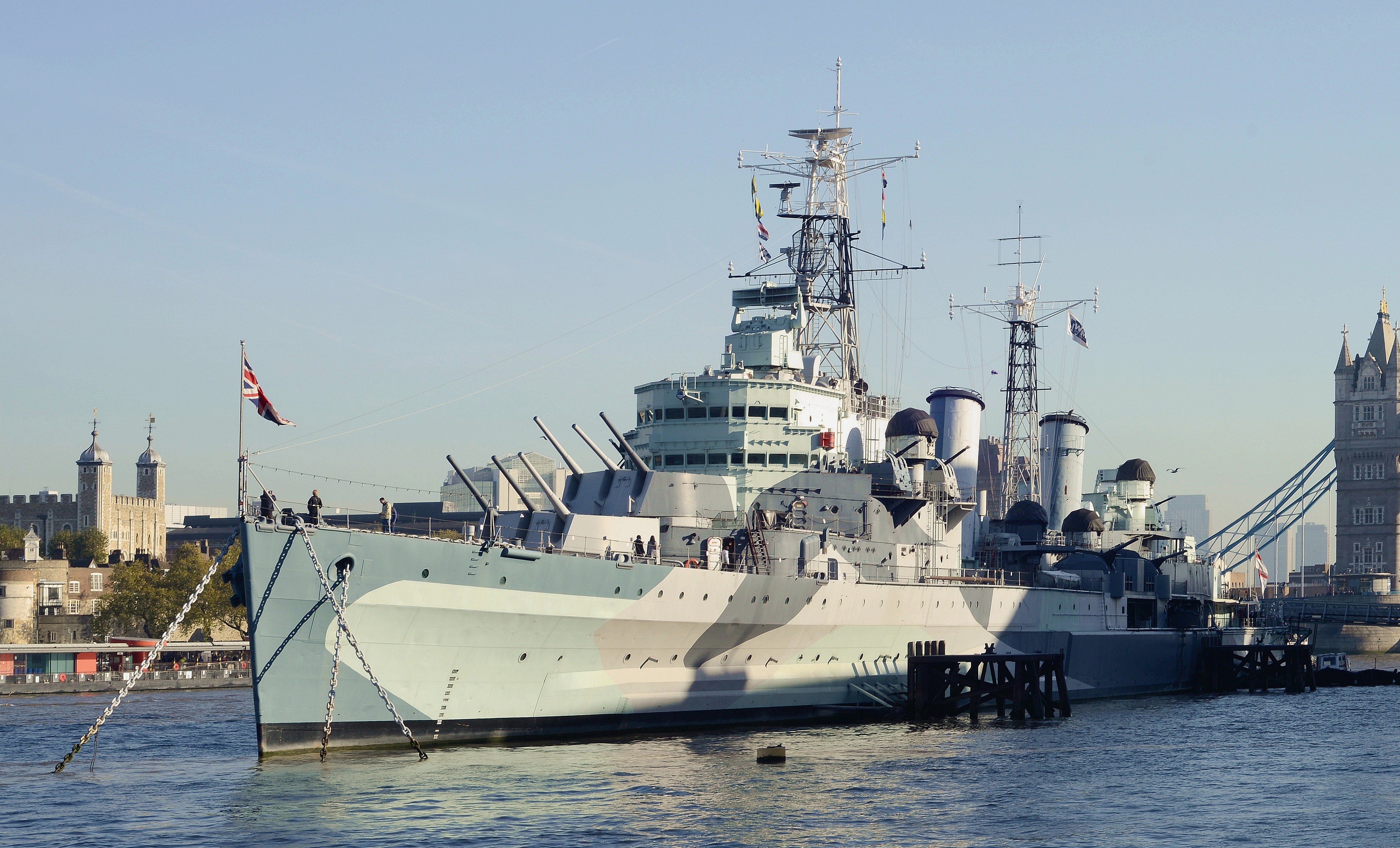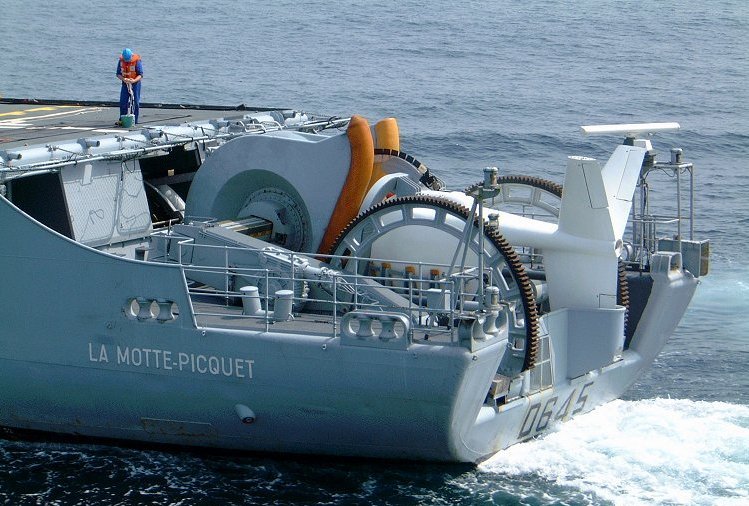|
USS Norfolk (DL-1)
The second USS ''Norfolk'' (DL-1) was the first destroyer leader of the United States Navy. Originally projected as a hunter-killer cruiser, she was in service until 1970, and was scrapped in 1974. History The first major U.S. warship built after the construction boom of World War II, ''Norfolk'' was designed beginning in 1945, designated project SCB 1 in 1946, and authorized in 1947 as CLK-1, an anti-submarine hunter killer ship which could operate under all weather conditions and would carry the latest radar, sonar, and other electronic devices. She was designed on a light cruiser hull so she could carry a greater variety of detection gear than a destroyer. She was laid down 1 September 1949 by the New York Shipbuilding Corporation, Camden, New Jersey, launched 29 December 1951 with the destroyer leader reclassification DL-1, sponsored by Miss Betty King Duckworth, and commissioned 4 March 1953, Capt. Clarence Matheson Bowley in command. After her Caribbean shakedown cr ... [...More Info...] [...Related Items...] OR: [Wikipedia] [Google] [Baidu] |
USS Norfolk (DL-1) Underway C1964
USS ''Norfolk'' may refer to the following ships of the United States Navy: * was a brig during the Quasi-War with France * ''Norfolk'' (CL-118) was a light cruiser renamed ''Chattanooga'' prior to construction * ''Norfolk'' (CA-137) was a heavy cruiser A heavy cruiser was a type of cruiser, a naval warship designed for long range and high speed, armed generally with naval guns of roughly 203 mm (8 inches) in calibre, whose design parameters were dictated by the Washington Naval Treat ... laid down in December 1944 at the Philadelphia Naval Shipyard, but construction was cancelled in August 1945 * was a destroyer leader/frigate in service from 1953 to 1970 * is a commissioned in 1983 and decommissioned in 2014. * a planned attack submarine See also * {{DEFAULTSORT:Norfolk, Uss United States Navy ship names ... [...More Info...] [...Related Items...] OR: [Wikipedia] [Google] [Baidu] |
Destroyer Leader
Destroyer leader (DL) was the United States Navy designation for large destroyers from 9 February 1951 through the early years of the Cold War. United States ships with hull classification symbol DL were officially frigates from 1 January 1955Blackman, p.434 until 1975. The smaller destroyer leaders were reclassified as destroyers and the larger as cruisers by the United States Navy 1975 ship reclassification so destroyer escorts could be reclassified as frigates (FF) in conformance with international usage of the term. Background By the end of World War I the destroyers intended to screen formations of battleships had evolved to a displacement of approximately 1,100 tons armed with four guns and six or more torpedoes. Italy had built three ''esploratori'' (scout cruisers) approximately 70% larger than contemporary destroyers. The Washington Naval Treaty encouraged the United Kingdom's satisfaction with its traditional fleet of s and the United States' contentment with the sim ... [...More Info...] [...Related Items...] OR: [Wikipedia] [Google] [Baidu] |
Flagship
A flagship is a vessel used by the commanding officer of a group of navy, naval ships, characteristically a flag officer entitled by custom to fly a distinguishing flag. Used more loosely, it is the lead ship in a fleet of vessels, typically the first, largest, fastest, most heavily armed, or best known. Over the years, the term "flagship" has become a metaphor used in industries such as broadcasting, automobiles, education, technology, airlines, and retail to refer to their highest quality, best known, or most expensive products and locations. Naval use In common naval use, the term ''flagship'' is fundamentally a temporary designation; the flagship is wherever the admiral's flag is being flown. However, admirals have always needed additional facilities, including a meeting room large enough to hold all the captains of the fleet and a place for the admiral's staff to make plans and draw up orders. Historically, only larger ships could accommodate such requirements. The ter ... [...More Info...] [...Related Items...] OR: [Wikipedia] [Google] [Baidu] |
Shakedown Cruise
Shakedown cruise is a nautical term in which the performance of a ship is tested. Generally, shakedown cruises are performed before a ship enters service or after major changes such as a crew change, repair, refit or overhaul. The shakedown cruise simulates working conditions for the vessel, for various reasons. For most new ships, the major reasons are to familiarise a crew with a new vessel and to ensure all of the ship's systems are functional. Overview If the ship is the first of its class, it will likely also be performing its sea trials, a test of its performance. In this context, 'shakedown cruise' and 'sea trials' may be used interchangeably, though each has a slightly different meaning. In such a case, it is likely that the ship's systems will be pushed to redline, or maximum capacity, to demonstrate the class's speed and other important traits. Until bested by another ship of the same class, this shakedown performance will be the standard of the class's capabiliti ... [...More Info...] [...Related Items...] OR: [Wikipedia] [Google] [Baidu] |
Betty King Duckworth
Betty or Bettie is a name, a common diminutive for the names Bethany and Elizabeth. In Latin America, it is also a common diminutive for the given name Beatriz, the Spanish and Portuguese form of the Latin name Beatrix and the English name Beatrice. In the 17th and 18th centuries, it was more often a diminutive of Bethia. Notable people Athletes * Betty Cuthbert (1938–2017), Australian sprinter and Olympic champion * Betty Jameson (1919–2009), American Hall-of-Fame golfer and one of the founders of the LPGA * Betty McKilligan (born 1949), Canadian pairs figure skater * Betty Nuthall (1911–1983), English tennis player * Betty Pariso (born 1956), American bodybuilder * Betty Stöve (born 1945), Dutch tennis player * Betty Ann Grubb Stuart (born 1950), American tennis player * Betty Uber (1906–1983), English badminton and tennis player Journalists and media personalities * Betty Elizalde (1940–2018), Argentine journalist and broadcaster * Betty Kennedy (1926–2017) ... [...More Info...] [...Related Items...] OR: [Wikipedia] [Google] [Baidu] |
Camden, New Jersey
Camden is a City (New Jersey), city in Camden County, New Jersey, Camden County, in the U.S. state of New Jersey. It is part of the Delaware Valley metropolitan region. The city was incorporated on February 13, 1828.Snyder, John P''The Story of New Jersey's Civil Boundaries: 1606–1968'' Bureau of Geology and Topography; Trenton, New Jersey; 1969. p. 104. Accessed January 17, 2012. Camden has been the county seat of Camden CountyNew Jersey County Map New Jersey Department of State. Accessed April 26, 2022. since the county's formation on March 13, 1844. The city derives its name from Charles Pratt, 1st Earl Camden.Hutchinson, Viola L [...More Info...] [...Related Items...] OR: [Wikipedia] [Google] [Baidu] |
Destroyer
In naval terminology, a destroyer is a fast, maneuverable, long-endurance warship intended to escort larger vessels in a fleet, convoy, or carrier battle group and defend them against a wide range of general threats. They were conceived in 1885 by Fernando Villaamil for the Spanish NavySmith, Charles Edgar: ''A short history of naval and marine engineering.'' Babcock & Wilcox, ltd. at the University Press, 1937, page 263 as a defense against torpedo boats, and by the time of the Russo-Japanese War in 1904, these "torpedo boat destroyers" (TBDs) were "large, swift, and powerfully armed torpedo boats designed to destroy other torpedo boats". Although the term "destroyer" had been used interchangeably with "TBD" and "torpedo boat destroyer" by navies since 1892, the term "torpedo boat destroyer" had been generally shortened to simply "destroyer" by nearly all navies by the First World War. Before World War II, destroyers were light vessels with little endurance for unatte ... [...More Info...] [...Related Items...] OR: [Wikipedia] [Google] [Baidu] |
Light Cruiser
A light cruiser is a type of small or medium-sized warship. The term is a shortening of the phrase "light armored cruiser", describing a small ship that carried armor in the same way as an armored cruiser: a protective belt and deck. Prior to this smaller cruisers had been of the protected cruiser model, possessing armored decks only. While lighter and smaller than other contemporary ships they were still true cruisers, retaining the extended radius of action and self-sufficiency to act independently around the world. Cruisers mounting larger guns and heavier armor relative to most light cruisers would come to be known as heavy cruisers, though the designation of 'light' versus 'heavy' cruisers would vary somewhat between navies. Through their history light cruisers served in a variety of roles, primarily on long-range detached patrol work, covering other military operations or global shipping lanes, as scouts and fleet support vessels for battle fleets, as destroyer command ship ... [...More Info...] [...Related Items...] OR: [Wikipedia] [Google] [Baidu] |
Sonar
Sonar (sound navigation and ranging or sonic navigation and ranging) is a technique that uses sound propagation (usually underwater, as in submarine navigation) to navigate, measure distances ( ranging), communicate with or detect objects on or under the surface of the water, such as other vessels. "Sonar" can refer to one of two types of technology: ''passive'' sonar means listening for the sound made by vessels; ''active'' sonar means emitting pulses of sounds and listening for echoes. Sonar may be used as a means of acoustic location and of measurement of the echo characteristics of "targets" in the water. Acoustic location in air was used before the introduction of radar. Sonar may also be used for robot navigation, and sodar (an upward-looking in-air sonar) is used for atmospheric investigations. The term ''sonar'' is also used for the equipment used to generate and receive the sound. The acoustic frequencies used in sonar systems vary from very low ( infrasonic) to e ... [...More Info...] [...Related Items...] OR: [Wikipedia] [Google] [Baidu] |
Radar
Radar is a system that uses radio waves to determine the distance ('' ranging''), direction ( azimuth and elevation angles), and radial velocity of objects relative to the site. It is a radiodetermination method used to detect and track aircraft, ships, spacecraft, guided missiles, motor vehicles, map weather formations, and terrain. The term ''RADAR'' was coined in 1940 by the United States Navy as an acronym for "radio detection and ranging". The term ''radar'' has since entered English and other languages as an anacronym, a common noun, losing all capitalization. A radar system consists of a transmitter producing electromagnetic waves in the radio or microwave domain, a transmitting antenna, a receiving antenna (often the same antenna is used for transmitting and receiving) and a receiver and processor to determine properties of the objects. Radio waves (pulsed or continuous) from the transmitter reflect off the objects and return to the receiver, giving ... [...More Info...] [...Related Items...] OR: [Wikipedia] [Google] [Baidu] |
Ship Characteristics Board
The Ship Characteristics Board was a unit of the United States Navy. The purpose of the Ship Characteristics Board was to coordinate the creation of 'ship characteristics' that are essential to the design of naval combatants and auxiliaries. Coordination was required because the operators and the designers of ships had different interests, perceptions, concepts, and constraints: as summarized by the naval historian Norman Friedman, "How to achieve the best possible compromise among competing bureaus has been one of the great dilemmas of 20th-century U.S. naval administration." This list of SCB projects is a useful exposition of the U.S. Navy's shipbuilding priorities in the first half of the Cold War. History The Ship Characteristics Board was founded in 1945 under the Office of the Chief of Naval Operations / OpNav. It was created after the body previously responsible for coordinating ships characteristics, the General Board, had been seen as ineffective in a series of ear ... [...More Info...] [...Related Items...] OR: [Wikipedia] [Google] [Baidu] |





